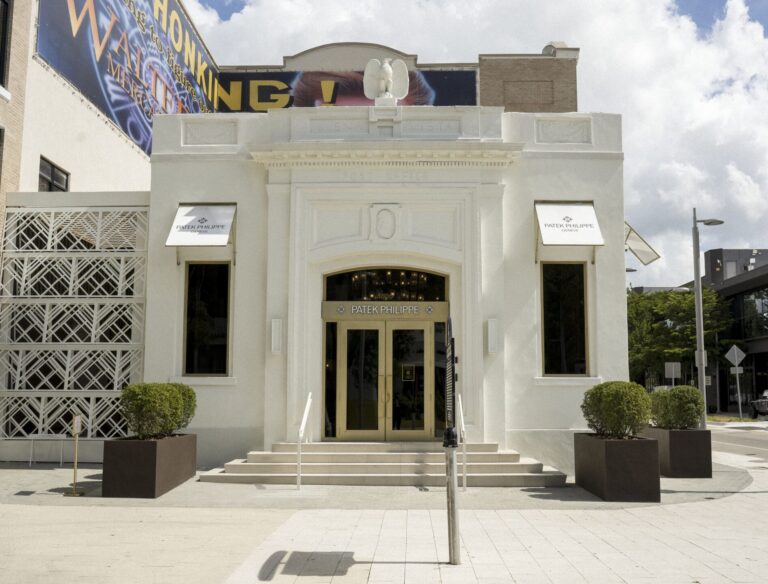
“We have a long commitment to this era,” says Suzanne Demisch, one half of the gallery Demisch Danant, which has been championing French design from the 1950s to the 1970s for nearly two decades. “We are very deep in it.”
They’re about to get deeper, as Demisch and her Paris-based partner, Stephane Danant, prepare to open the doors of a new space in the West Village, one that is about twice as large as the second-floor gallery in Chelsea Demisch has worked from since 2005.
Designed by Rafael de Cárdenas of New York-based Architecture at Large, the flexible space was created to accommodate larger exhibitions, as well as more intimate settings for showing, say, a suite of furniture by Maria Pergay. “We are not just displaying objects,” says Demisch. “We needed more room to present exhibitions in a larger way. We go deeper, then deeper again,” she says, referring to the firm’s discerning scholarship.
Recent discoveries will comprise the gallery’s inaugural exhibition, “Made in France,” which gathers more than two dozen rare objects that trace the period that is the gallery’s raison d’être—along with the decade-long history of Demisch Danant itself. The text of the accompanying catalog “tells the stories of how we discovered these objects, what the circumstances were, and why we are interested in the designers we represent.”
Those designers include Étienne Fermigier, Maria Pergay and Joseph-André Motte, among others. “French 1970s design seems to be in people’s minds” at the moment, Demisch explains.
Specifically, “there’s a lot of attention on Pierre Paulin,” who was the subject of an exhibition at the Centre Pompidou in Paris this summer. His work will be included in “Made in France.”
“The market has developed substantially” in recent years, Demisch observes. “When we started looking at the ’70s in the 1990s, there was very little scholarship; we needed to attribute designs to their creators. There were no primary resources.” Today, “more people appreciate the pleasure of living with these pieces. It’s an exercise in scholarship and it’s aesthetic.”
Demisch has been working in French design since 1993, and in partnership with Danant since 2000. “Our program hasn’t really changed in the 10 years since we opened our gallery,” she says. “We are still deeply committed to the thing we started with, and that kind of longevity is important to us, as is really being connected to our expertise.”
Expert as she is in the field of French postwar design, Demisch’s passion for collecting was born in the USA. “I’ve had a long history with France, but my background is in folk art and Americana. I grew up in New England and that’s what was around me. What I loved was learning about something and finding it, and that’s inherent to whatever you collect.
“Stephane and I are trying to engage people to share in the same excitement we have when we see something new,” she continues, “and we want to do that continuously during and after our inaugural show. We want to continue the story; it doesn’t stop here. We don’t know what we don’t know.”










 in your life?
in your life?

